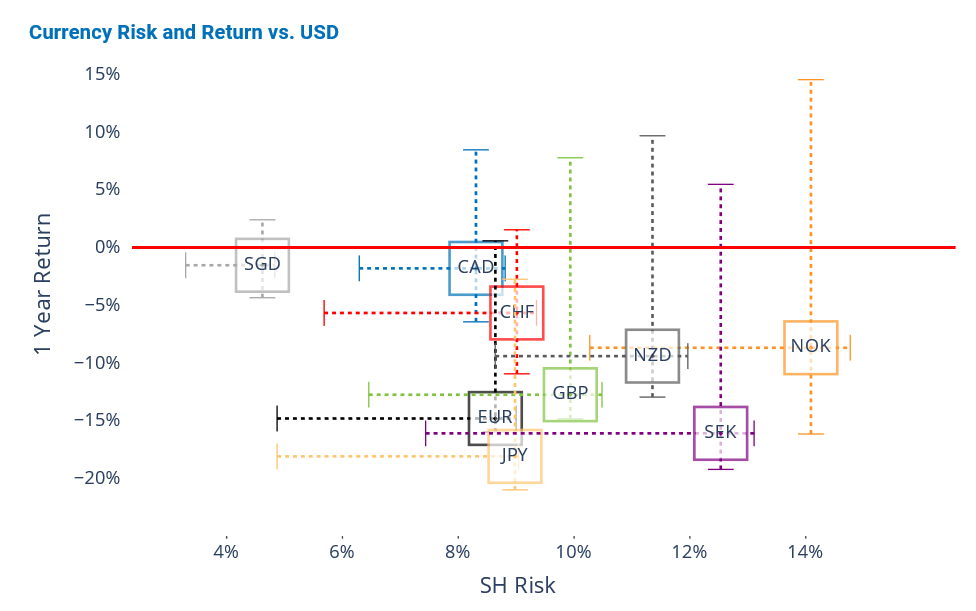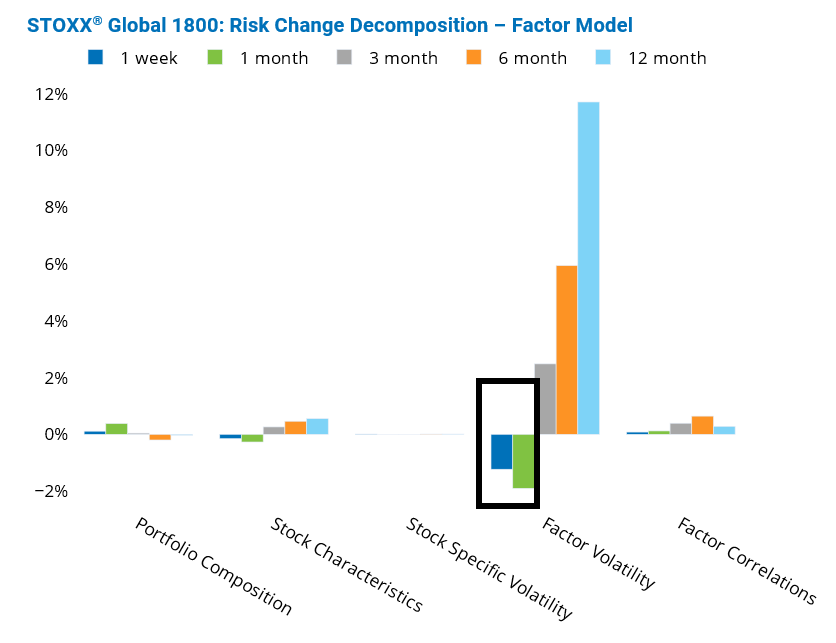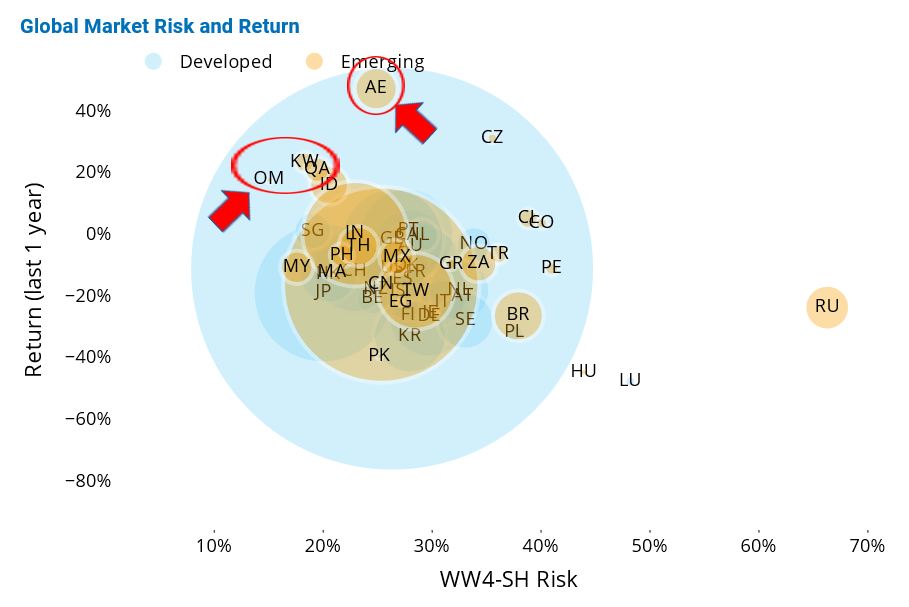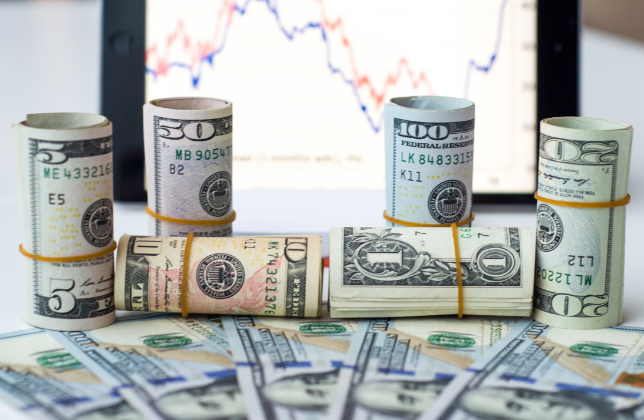The US dollar weakened last week but remained at one of the strongest levels in decades, with major emerging and developed market currencies still posting losses, according to research from Qontigo.
Diana Baechle, principal of applied research at Qontigo, said the US dollar fell against a basket of currencies over the past five business days after the Fed met expectations by raising rates by 75 basis points.
She said: “The Fed Chairman’s comments fueled speculations of a slower hiking path, and as new data revealed that the US economy contracted again in the second quarter.”
Still the greenback remained at its highest level since the early 2000s.
“While it is anticipated for emerging market currencies to succumb when investors flock to the safety of the US dollar, developed currencies have also fallen abruptly in recent months,” said Baechle.
The euro, Swedish krona and Japanese yen have seen the biggest losses against the US currency over the past 12 months.
“All major developed currencies were positioned at or near the high ends of their one-year volatility ranges against the greenback as of last Friday, with the Norwegian krone in the lead,” she added.

Falling factor volatility
The decline in factor volatility drove down risk in most geographies covered by Qontigo’s Equity Risk Monitors, as markets continued to rise on relatively low volume attributable to the summer slowdown.
“The decomposition of the change in risk from a factor model perspective revealed that lower factor volatility was mainly behind the decrease in major indices’ risk over the past four weeks,” she said.
“This is a change in pattern, as factor volatility rose over the past three, six and 12 months.”

Gulf Arab markets emerge as top performers
Finally, equity markets of Gulf Arab states – United Arab Emirates, Kuwait, Qatar and Oman—rose to the top, buoyed by higher oil production as oil prices soared.
Baechle said the four countries recorded 12-month gains of about 20% and higher, as most other developed and emerging markets fell over the same period. The United Arab Emirates saw the largest yearly gain of over 40%.
“At the same time, the Gulf Arab markets were also among the least volatile, with Oman becoming the least risky among both emerging and developed countries,” she added.

In contrast, Russia stayed the riskiest country, with its risk nearing 70% last Friday, as measured by Axioma’s Worldwide short-horizon fundamental model.

